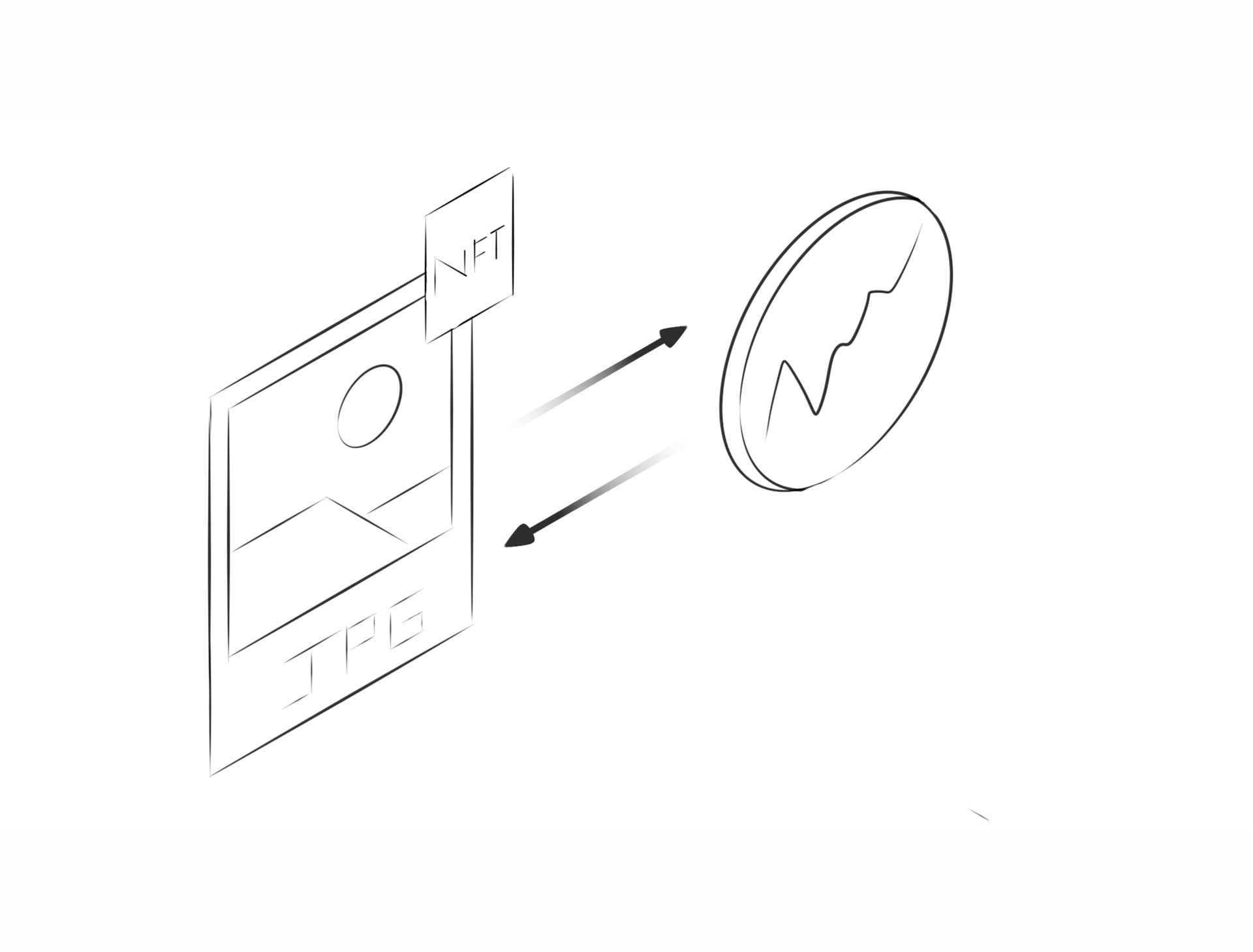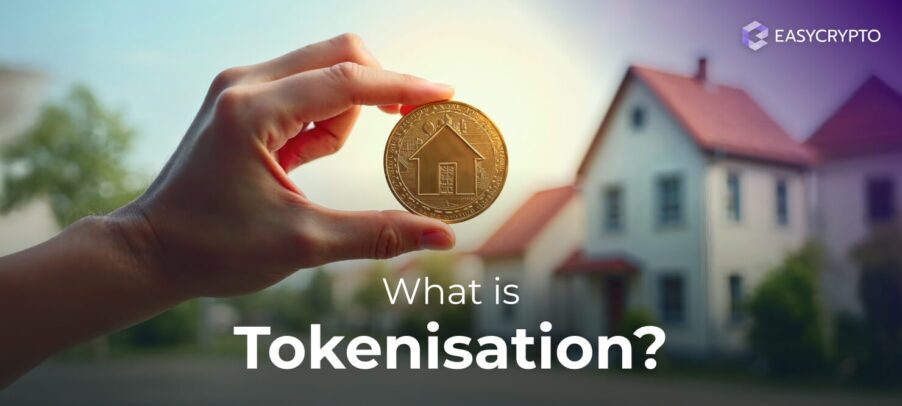What Drives the Value of an NFT?
The NFT space has taken center stage in recent months. Take a closer look at the different elements that influence the value of an NFT.


NFTs, or Non-Fungible Tokens, have taken center stage in the past few months. With collections such as CryptoPunks, Bored Ape, Mutant Ape, and Axie Infinity commanding the global top ranks. It’s not uncommon for these NFTs to fetch well in the five and six-figure range – which begs the question, what drives the value of an NFT?
As of Q3 2021, global NFT sales have surged to over $10.7 billion – that’s an increase of more than 8x from Q2. With a figure like that, it’s evident that the NFT space is gaining traction and rapidly growing.
That said, the value proposition of NFTs can seem abstract and difficult to wrap your mind around – especially if you’re new to the crypto space.
In this article, I’ll be highlighting the underlying elements that drive the value of NFTs and help you understand how each one provides value to an NFT.
What is an NFT?
NFT, or Non-Fungible Token is a unique digital asset that serves as proof of ownership for a digital or physical property.
NFTs are stored on an immutable digital ledger called blockchains. This allows anyone to verify and trace the ownership of NFTs at any time.
As its name implies, NFTs are non-fungible meaning that no two NFTs are identical, each one is one-of-a-kind.
Additionally, due to their programmable nature, NFTs can not only provide a certificate of authenticity but can also endow features that expand their functionality and purpose. They can even provide direct utility to their owners in both digital and physical spaces.

These unique properties are what make NFTs an exciting new breakthrough. And the potential applications have yet to be fully explored.
With that said, below are elements that influence and drive the value of an NFT.
New to NFTs? Read our intro on NFTs (Non-Fungible Tokens).
Rarity and exclusivity
As prefaced above, by definition NFTs are one-of-a-kind unique digital assets.
Some NFTs are more elusive than others. The CryptoPunks collection, for example, are limited to 10,000 in number with each one carrying a unique trait, feature, or characteristic that makes them even rarer.
This exclusivity is what drives the massive surge in the value of NFTs. Pair that with the list of individuals who also own that particular collection of NFTs, then you have a recipe for an NFT that trades in the six-figure range.

Some of the rarest NFTs to date include Jack Dorsey’s first tweet, Beeple’s 500 days of summer artwork, first-generation CryptoKitties, and CryptoPunks.
Creator and ownership history
Another dimension that provides value to an NFT is the identity of its creator or previous ownership history.
This can be considered as a sentimental factor, and yet it’s a powerful reason for anyone to own an NFT – or any asset for that matter.
Think about it, an item or asset that was previously owned by a notable figure, celebrity, or celebrated artist will have their reputation and history attached to it – therefore adding to its value.
For example, you can buy an exact replica of Van Gogh’s Starry Night, and have it framed exactly the way it’s displayed in the museum – but it will never replace the original. This same concept is true with NFTs, albeit in digital form.

That said, how is ownership history recorded with NFTs?
NFTs use blockchain technology to record permanent, immutable data of the ownership history of that token. You can trace the ownership of said token down to its creator.
If the token’s ownership includes notable individuals, celebrities, or other influential figures – it will likely increase its value. Especially if it happens to check off the other factors listed in this article.
Utility and access
One of the most common questions regarding NFTs is what does it actually do? What intrinsic value do you get other than just for the sake of owning it?
To put it simply, some NFTs are valuable due to the utility that it provides within the context of that asset’s purpose.
For example, some artists are using NFTs as a way to sell their albums or concert tickets – in this case, the NFT’s utility is that it gives exclusive access to its owners.
For creatives, NFTs are also a way to monetise their digital artwork, whether that be illustrations, photos, 3D models, and much more. NFTs also allow artists to get commissions from just beyond the initial transaction – something a conventional gallery could never provide.

NFTs are also being utilized in the gaming industry to provide scarcity and provability to in-game items or events. In fact, the play-to-earn Ethereum game Axie Infinity recorded a transaction volume of over $2 billion USD in Q3 of 2021.
Liquidity
When an asset is liquid, it means there is a healthy balance of demand to allow its owners to purchase, and exchange that asset without much friction – this same idea applies to NFTs.
An NFT that has high liquidity will facilitate its inherent value – especially if it’s a token that’s minted on-chain.
On-chain refers to the minting process of the NFT, with ERC being the most standard and liquid at the moment. Meaning that anyone that holds ETH can buy, sell, and exchange that token easily.

For example, NFTs that are minted or created on the Ethereum blockchain benefit from the network’s liquidity – therefore increasing its inherent value.
This liquidity premium is preferred by investors because that also means there is a high trading volume of the token, which corresponds with a lower risk of holding said token.
Learn more: What is Ethereum? Read our complete guide.
NFT Takeaways
In summary, the value proposition of NFTs are primarily weighted by the four elements discussed above – its rarity, liquidity, utility, and ownership history.
NFTs continue to be highly debated and controversial – but that’s exactly how all great innovations start.
For the first time, there is a reliable way to establish proof of ownership for digital assets. It’s a disruptive technology that is paving the way to create tangibility and provide value to our increasingly digital ecosystem.
And now with Meta (formerly Facebook) on the verge of launching the Metaverse, the applications of NFTs are about to be fully unlocked and realized.
Further reading: Dive deeper into the crypto space with our library of articles and guides.
Share to
Stay curious and informed
Your info will be handled according to our Privacy Policy.
Make sure to follow our Twitter, Instagram, and YouTube channel to stay up-to-date with Easy Crypto!
Also, don’t forget to subscribe to our monthly newsletter to have the latest crypto insights, news, and updates delivered to our inbox.
Disclaimer: Information is current as at the date of publication. This is general information only and is not intended to be advice. Crypto is volatile, carries risk and the value can go up and down. Past performance is not an indicator of future returns. Please do your own research.
Last updated February 17, 2025





